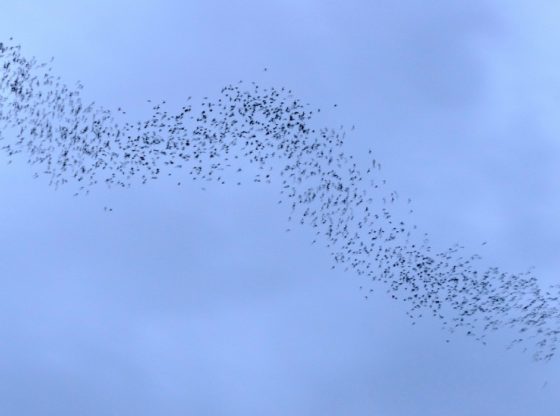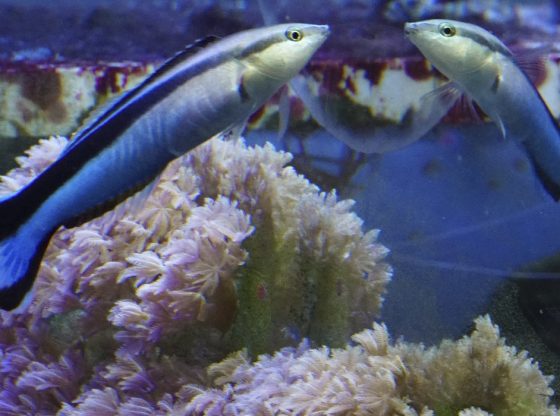A new study suggests yelling at pets can traumatize dogs in the long-term. The use of even mild punishments in training can make dogs more stressed and more pessimistic compared to dogs who are trained with positive reinforcement-based methods.
Opinions differ when it comes to dog training. Some trainers advocate punishment-based training such as jerking the leash, shouting, or slapping the dog when the dog is not behaving. To get the dog to sit, they can use methods such as pulling the leash upwards and then releasing the pressure when the dog sat down. Other trainers advocate reward-based training such as giving candy, patting, and giving praise when the dog sat down. If the dog misbehaves, they turn their backs on the dog.
The importance of this study is that it addresses a common question: If dogs can learn from both positive training methods and from those that use punishment, does the choice of method matter? The recent research offers a compelling answer to this question because the effects of training methods extend far beyond the actual skills learned.
Previous studies have been based on questionnaire responses from dog owners. But the new researchers at the Universidade do Porto in Portugal have made conducted much more extensive research to find out how the dogs feel during and after training.
The researchers observed the behavior of 92 companion dogs from 7 dog training schools in Portugal that use either aversive methods (which use mainly aversive stimuli), reward methods (which focus on rewarding desired behaviors), and mixed methods (which combine the use of both rewards and aversive stimuli). They filmed training sessions and tested saliva samples for the stress-related hormone cortisol (a common measure of stress).
Dogs trained using aversive and mixed methods displayed more stress-related behaviors, such as crouching and yelping, and showed greater increases in cortisol levels after training than dogs trained with rewards. The dogs trained positively showed no differences in cortisol levels compared to when they were at home.
In another part of the study, researchers found that the effects on the dogs extended beyond the training session and had an effect on their general outlook on life. Specifically, the dogs who experienced punishment during training were more pessimistic than the dogs who did not.
To study that aspect of the dogs’ experience, researchers investigated how 79 of these dogs responded to the potential of a food reward. The dogs were taught that bowls on one side of a room had sausage while bowls on the other side of the room were empty. Then, researchers placed bowls in locations between the two spots and measured how quick each dog was to approach the bowl with unknown contents. Optimistic dogs raced right over the bowl while pessimistic dogs approached more slowly. The more punishment dogs had faced, the more pessimistic they were.
I.e. the more aversive training a dog had received the more slowly it approached the bowl, while the dogs who received positive reinforcement during training actually figured out the bowl location task faster.
The study authors state that this study is the first systematic investigation of how different training methods influence welfare both during training and in other contexts. They say that these results suggest that aversive training techniques may compromise animal welfare, especially when used at high frequency.
“This is the first large scale study of companion dogs in a real training setting, using the types of training methods typically applied in dog training schools and data collected by the research team. The results suggest that the use of aversive training methods, especially in high proportions, should be avoided because of their negative impact on dog welfare.”
– The study authors.
Reference:
Ana Catarina Vieira de Castro, Danielle Fuchs, Gabriela Munhoz Morello, Stefania Pastur, Liliana de Sousa, I. Anna S. Olsson. Does the training method matter? Evidence for the negative impact of aversive-based methods on companion dog welfare. PLOS ONE, 2020; 15 (12): e0225023 DOI: 10.1371/journal.pone.0225023











![OpenAI. (2025). ChatGPT [Large language model]. https://chatgpt.com](https://www.illustratedcuriosity.com/files/media/55136/b1b0b614-5b72-486c-901d-ff244549d67a-350x260.webp)
![OpenAI. (2025). ChatGPT [Large language model]. https://chatgpt.com](https://www.illustratedcuriosity.com/files/media/55124/79bc18fa-f616-4951-856f-cc724ad5d497-350x260.webp)
![OpenAI. (2025). ChatGPT [Large language model]. https://chatgpt.com](https://www.illustratedcuriosity.com/files/media/55099/2638a982-b4de-4913-8a1c-1479df352bf3-350x260.webp)








